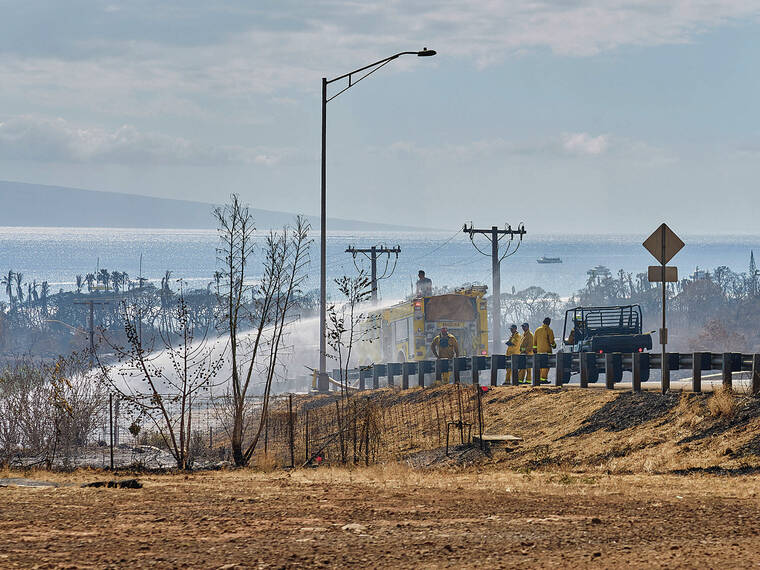Low-flying helicopter to survey Kilauea for new USGS project
Data collecting for new scientific research of Kilauea Volcano is set to start this week with use of a low-flying helicopter that may occasionally be visible to residents in Puna, according to the U.S. Geological Survey.
The helicopter will fly during daylight hours in airspace over areas of Kilauea that include Hawai‘i Volcanoes National Park, state lands and Kamehameha Schools/Bishop Estate lands.
The project, expected to last approximately three weeks, will use a large, oval-shaped wire loop suspended 100 feet beneath a helicopter that will fly over most of the volcano, according to a USGS news release. The loop assembly will fly 115 to 165 feet above the ground or treetops, and a small sensor will measure magnetic field strength, the release said.
The USGS said none of the instruments pose a health risk to people or animals.
The work is being conducted to help mitigate future lava flow hazards as part of new U.S. Geological Survey research, the release said.
“We understand that helicopter noise can be disruptive, so we will greatly appreciate affected residents’ patience and understanding as we collect this extremely important data to help mitigate future eruption hazards,” said USGS research geophysicist Carol Finn in the release.
Don't miss out on what's happening!
Stay in touch with breaking news, as it happens, conveniently in your email inbox. It's FREE!
“The helicopter will not fly over or collect data over residential areas or other regions excluded by Federal Aviation Administration regulations or HVNP policies,” the release said. “Experienced pilots specially trained and approved for low-level flying will operate the aircraft. All flights will occur during daylight hours and are coordinated with the Federal Aviation Administration to ensure accordance with U.S. law.”




